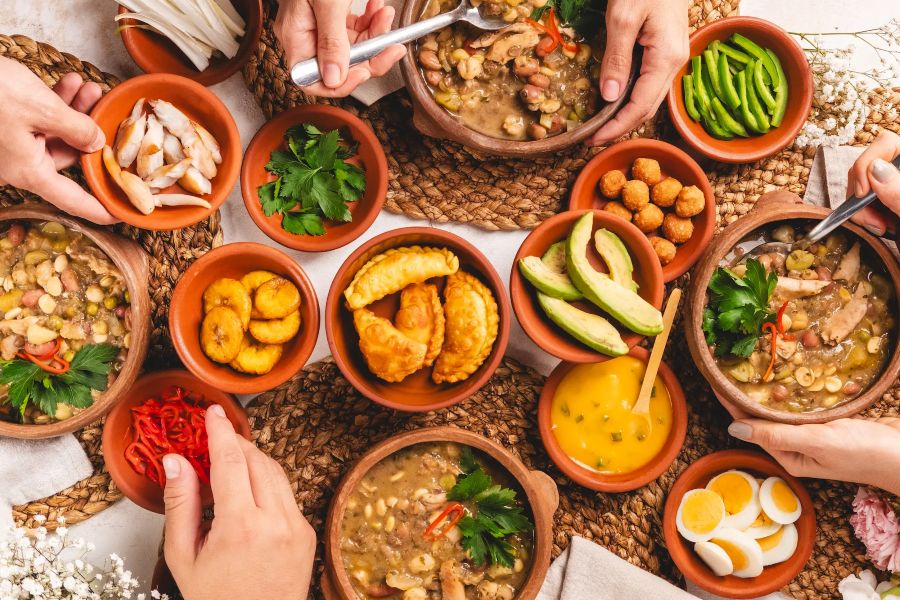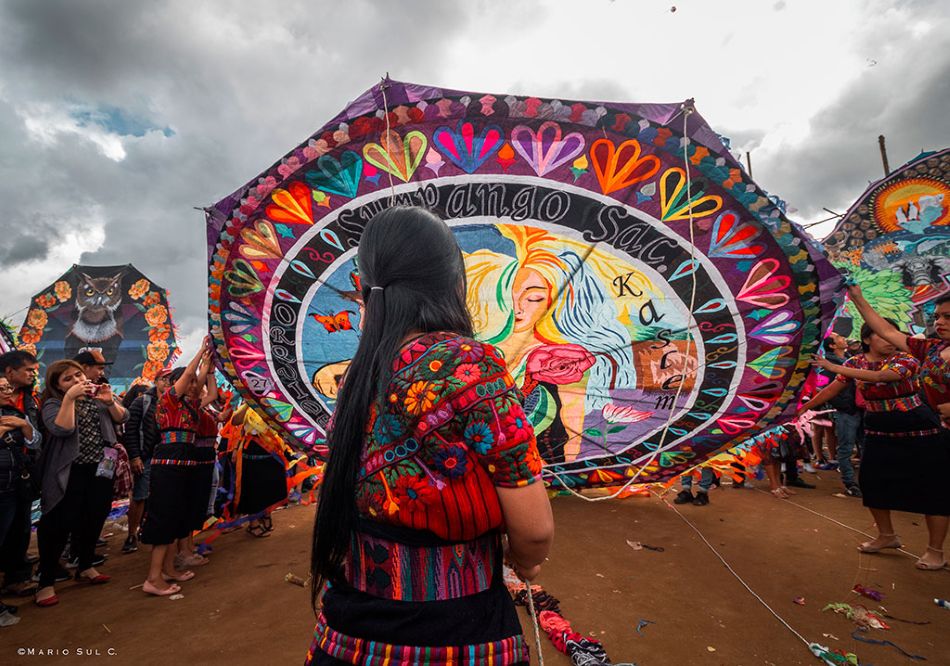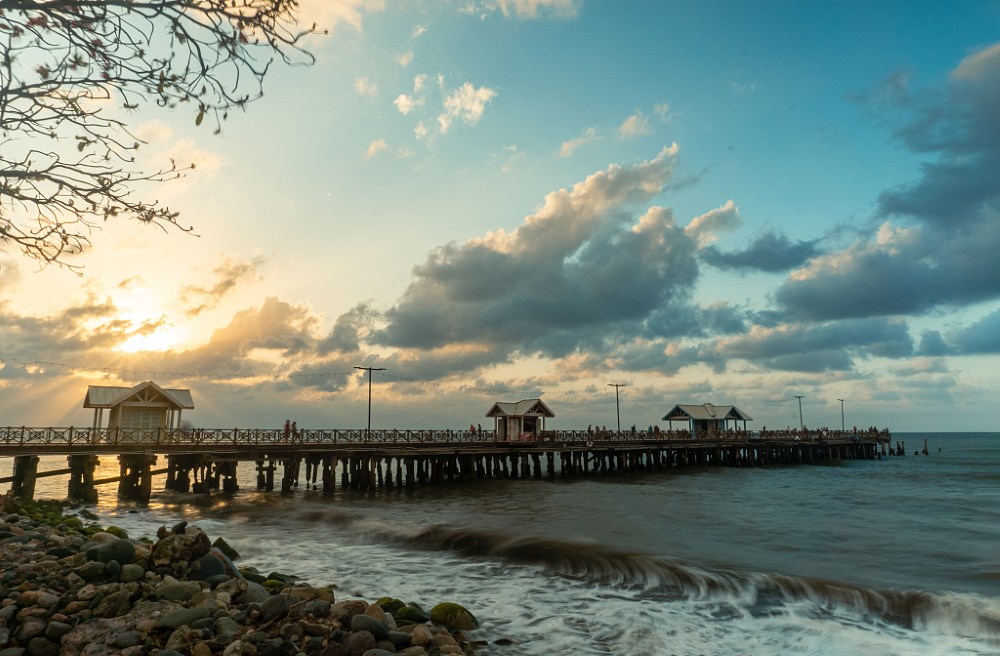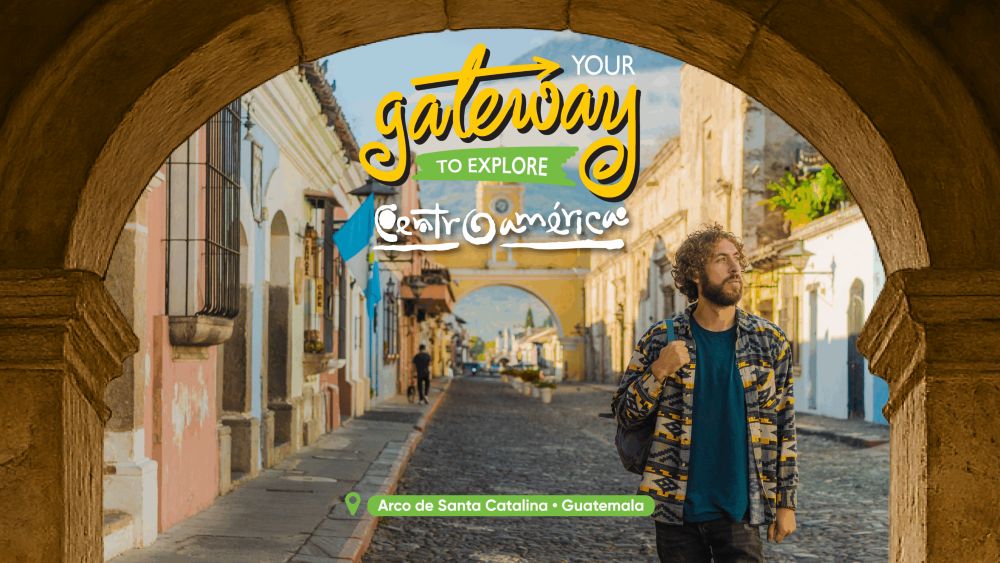In Ecuador, each region shines not only through its landscapes but also through the flavors that tell their story. From the coast to the highlands and the Amazon, the country’s culinary diversity reflects how geography, climate, and traditions translate into unique tastes, creating a full gastronomic experience.
Locro de papa
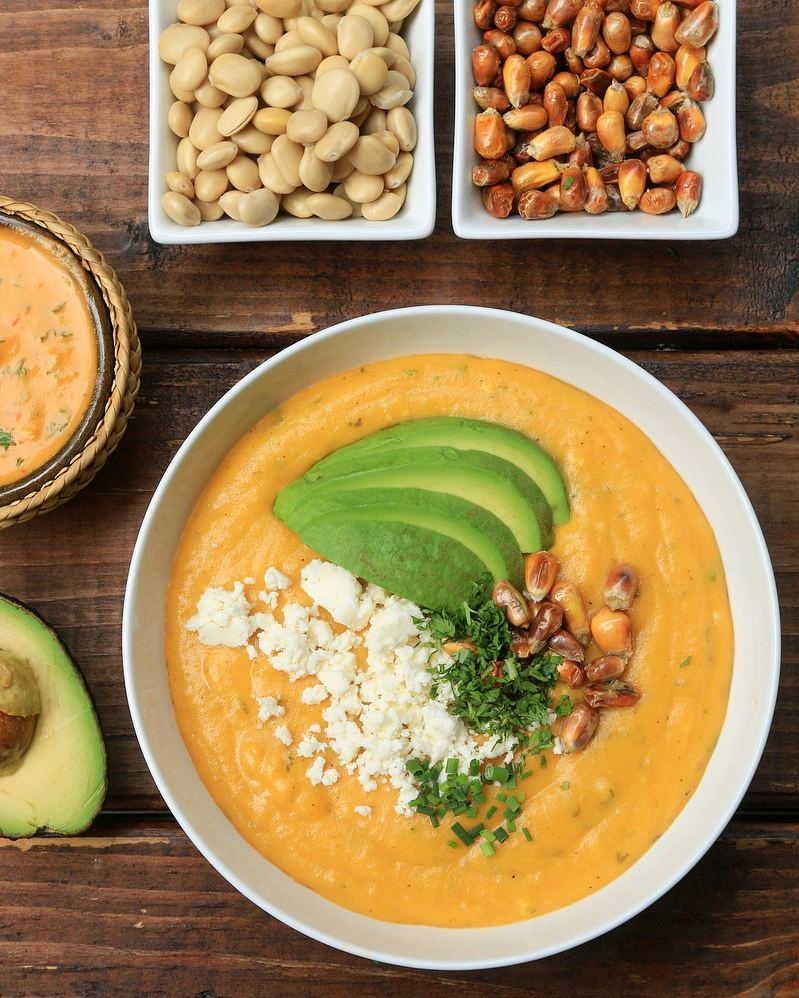
In Ecuador’s highlands, especially in Quito, soup is an institution. Thick and creamy, it is made with a local potato variety called chola, fresh cheese, and a touch of achiote— a seed used since pre-Columbian times as a natural coloring and seasoning, with an earthy, slightly smoky aroma.
Served hot, locro de papa is accompanied by avocado and toasted corn. Some versions include pieces of pork rind or meat, showcasing the creativity of Andean households adapting the dish to their tastes and customs.
Bolones
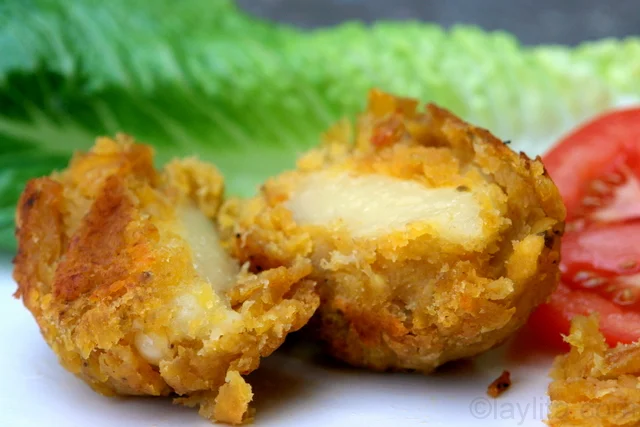
Typical of the coast, particularly in Guayas and Manabí, bolones are made from mashed green plantains, filled with cheese or crispy pork, and then fried, baked, or grilled.
A staple of coastal breakfasts, they are enjoyed with strong coffee or fresh fruit juice and are also sold at street stalls from dawn. Their origin is tied to the abundance of plantains — a tropical cuisine staple — and the tradition of preparing energy-rich meals for long days in the fields or at sea.
Encebollado
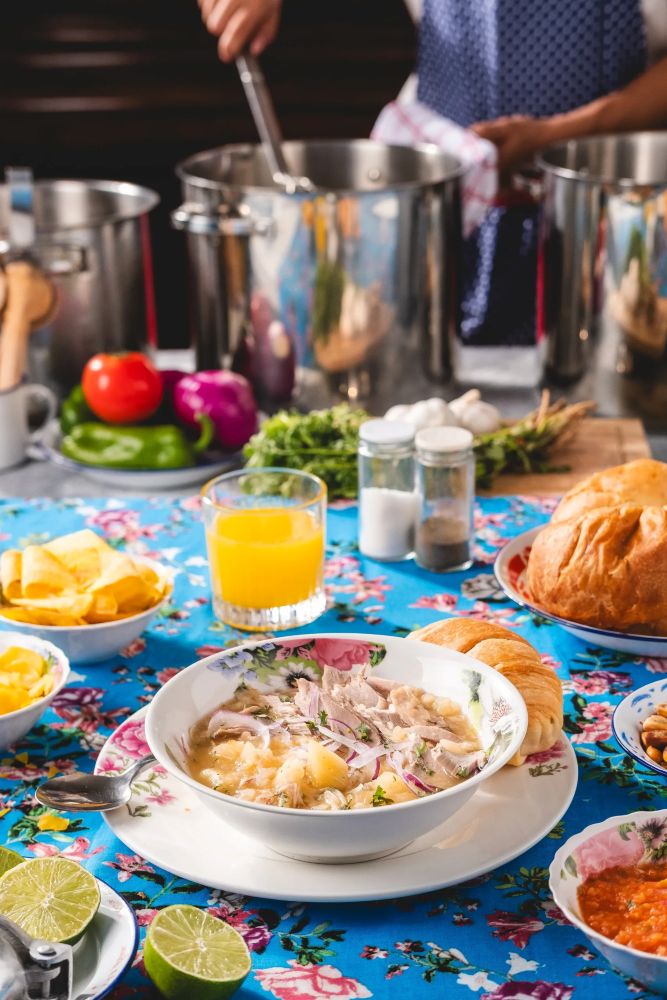
A national pride and recognized intangible cultural heritage of Ecuador, encebollado is a hearty soup made with white tuna (albacore), cassava, pickled onions, tomatoes, peppers, and spices such as cumin and coriander.
It is considered the ultimate chuchaqui (hangover remedy), enjoyed early in markets or small street eateries, accompanied by fresh juice or a cold beer.
Ecuadorians playfully debate the perfect accompaniment: chifles (green plantain chips), toasted corn, popcorn, or bread; a matter of taste, region, and tradition.
Fanesca
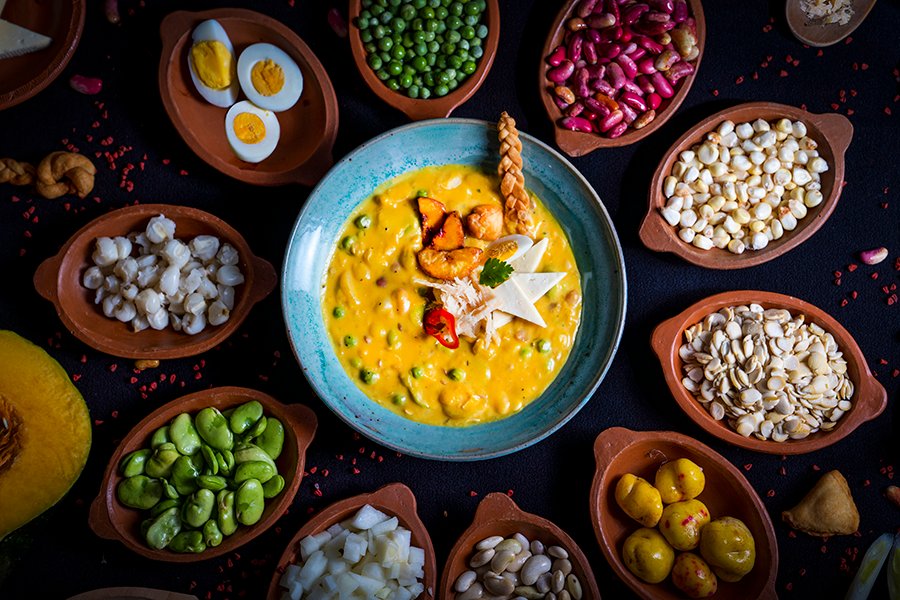
Of colonial origin, fanesca blends religious symbolism with Andean expertise. Prepared only during Holy Week, it combines twelve types of grains — lupins, lentils, fava beans, and others — representing the apostles. Its base is a rich, creamy soup made with milk and salted cod.
Served steaming in large bowls, it is adorned with hard-boiled eggs, fried ripe plantains, fresh cheese, small empanadas, whole peppers, and parsley. A successful fanesca must be so thick that the spoon stands upright — a point of pride for families keeping this ancestral recipe alive.
Guaguas de pan
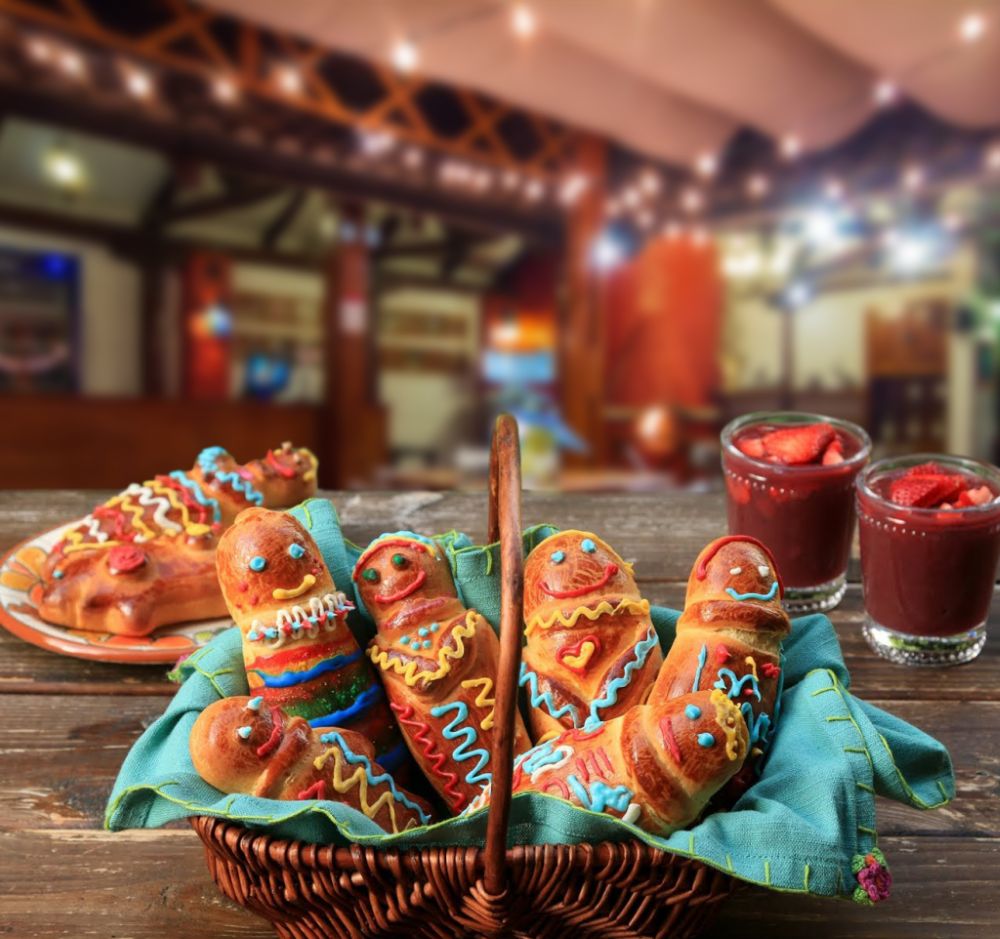
To conclude the feast, there are guaguas de pan, breads shaped like figures, prepared for the Day of the Dead on November 2. Their name comes from the Quechua word wawa, meaning “child.”
Decorated with colorful icing, they are served with colada morada, a thick beverage made from fruits, purple corn, and spices. Beyond their festive appearance, these treats show that Ecuadorian cuisine is also a spiritual language — a way to connect generations through memory and sharing.
In Ecuador, cuisine mirrors the territory: generous, contrasting, and deeply rooted in daily life. From the Andes to the Amazon, each region carries a culinary signature shaped by climate, tradition, and human ingenuity. Here, flavors tell the story of a country reinventing itself while honoring its roots, where gastronomy is not only about taste but also a way to understand the intimate bond between nature, culture, and its people.
Photos: Ecuador Travel | Layla Pujol | D.R.

